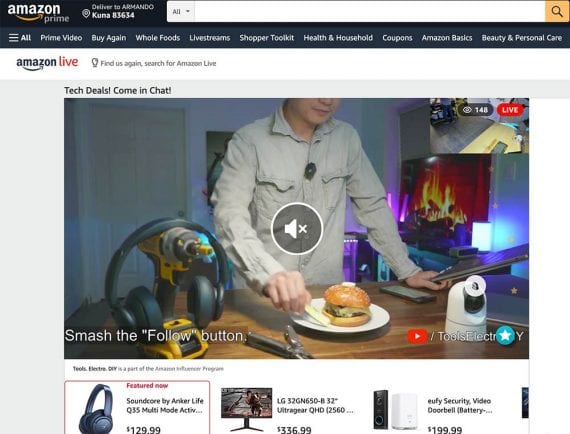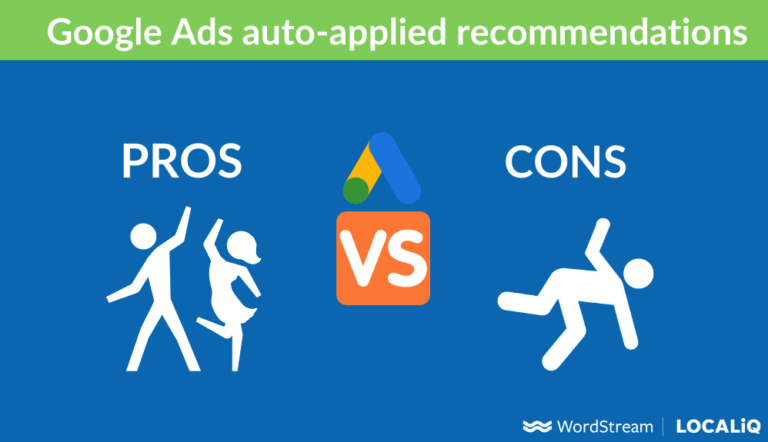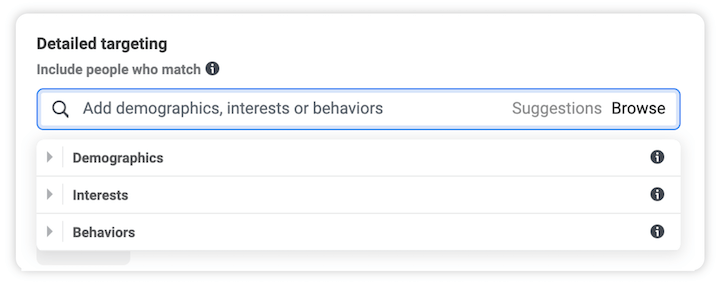
British shoe brand Clarks has aimed to draw on all of these strengths with its email strategy, which has been particularly integral since the Covid-19 pandemic caused buying behaviour to shift online. “There’s no hiding from the fact that [email] has been one of the integral parts of our performance marketing mix,” says Marcus Oughton, Head of Ecommerce for UK, RoI and EMEA at Clarks.
Email has been a marketing and communications staple for brands for decades. While recent years have seen the rise of channels that have arguably greater reach or targeting capacity – from social media marketing to search advertising, programmatic display to digital video – the use of email has remained steadfast, particularly among retailers.
Not only does email boast a high return on investment due to a lack of underlying media costs, it is content-rich and adaptable, with the capacity to deliver tailored content to specific segments of a brand’s audience using automation. An email arriving in your inbox also feels personal in a way that few other types of marketing do – this is, after all, why so many brands opted to use email to deliver updates and messages of solidarity to their consumers during the initial onset of Covid-19.
I caught up with Oughton to find out how Clarks, in partnership with performance marketing company Wunderkind, uses email to create tailored journeys, deliver “personalised one-to-one” messaging, driving ecommerce growth whilst also actively supporting the in-store proposition. We also spoke about the importance of first-party data, why acquisition and retention are intrinsically linked, and how Clarks plans to accelerate its digital commerce growth over the coming 12 months.
“It’s the ability to tailor and deliver a relevant message, using content effectively to showcase our products in an engaging way. For us – which I’m sure is no different to a lot of retailers – email has a very high engagement rate versus other channels, because through opt-in data you have inadvertently have that one-to-one connection with who you’re talking to”.






